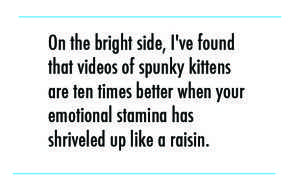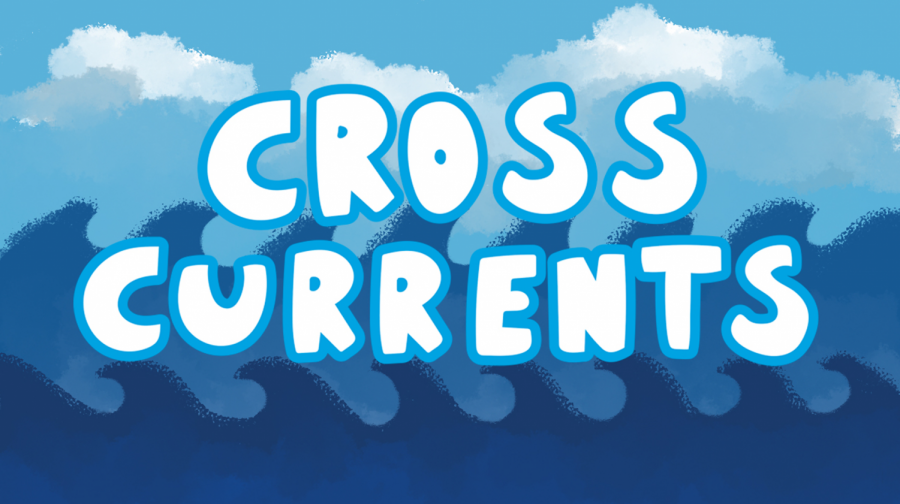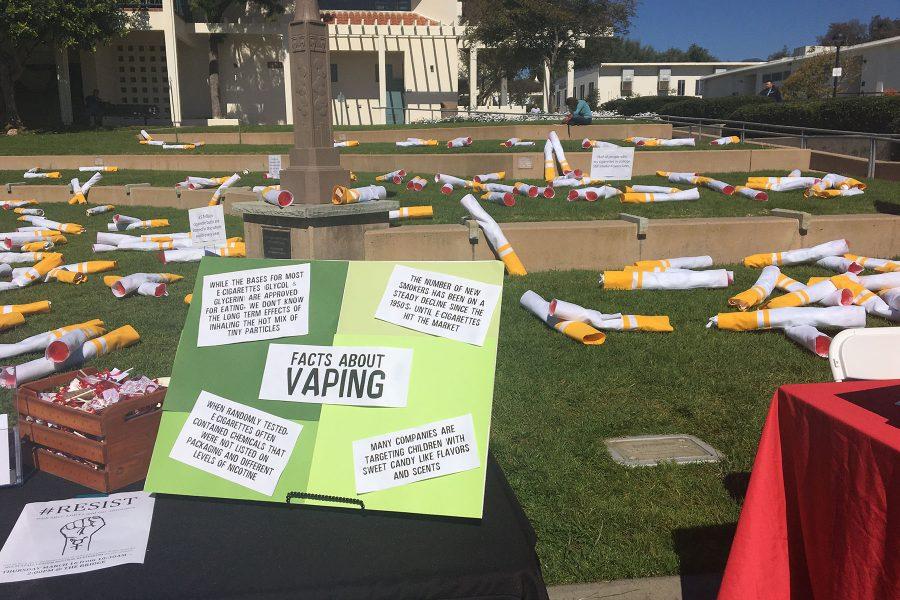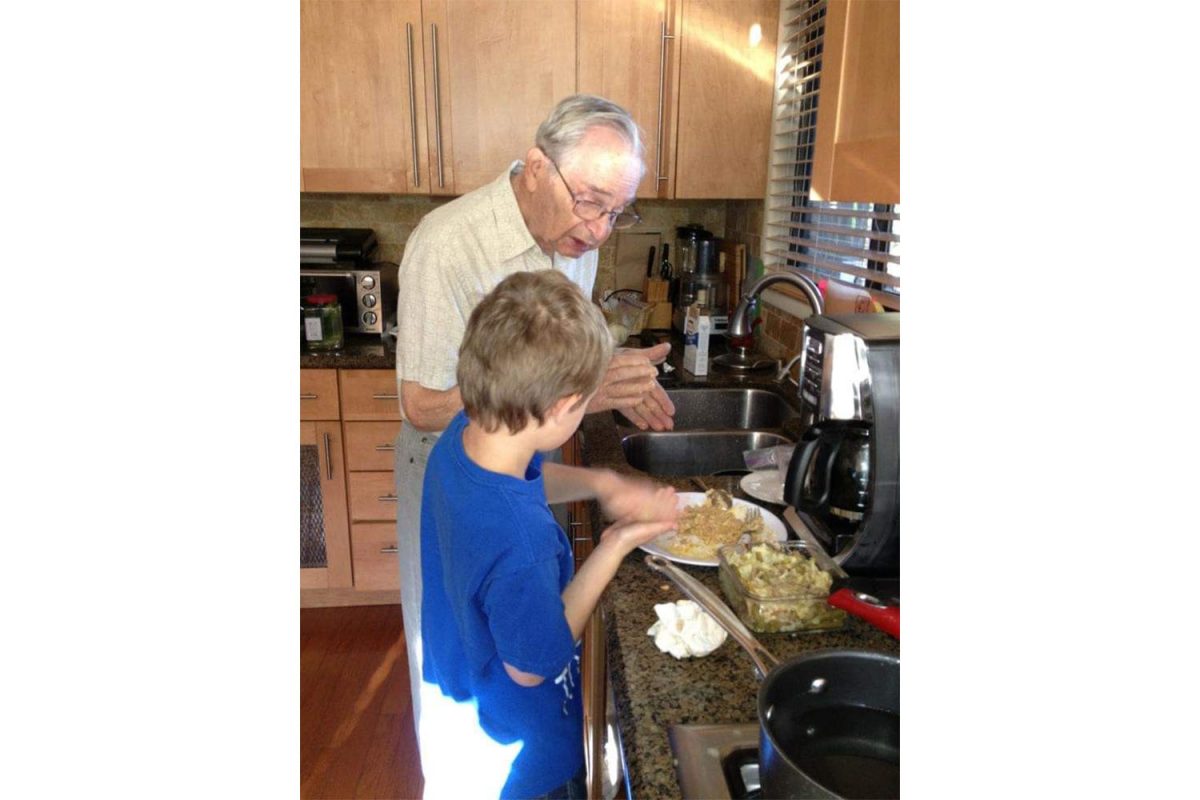Sweat begins to run down my abnormally clammy skin. My hands tremble and  your thoughts swerve toward a murky sense of imminent death.
your thoughts swerve toward a murky sense of imminent death.
As my fear of impending danger rises, my breathing becomes haggard. This sudden rush leaves me dizzy and weak in the knees. After my body hits the floor, I will stay there, immobilized, for the next several minutes.
I have just experienced a severe panic attack.
It may seem irrational, but the reality is these very real symptoms are all too common for victims of anxiety.
An anxiety disorder is a category of mental illness. These illnesses include panic disorder, post-traumatic stress disorder, agoraphobia (fear of the outside world) and generalized anxiety disorder.
Anxiety disorders affect more people in America than any other mental illness in the spectrum. A total of 18 percent of Americans (40 million people) will experience an anxiety-related illness in their lifetime.
These attacks manifest themselves from prolonged anxiety, genetic predisposition and substance abuse or brain abnormalities.
As a new member to this unfortunate group, I have to say: This sucks.
My first attack happened several months ago and kept me up until four in the morning.
After a long night, three of my friends stood around my rock-hard futon bed as I was left with an imminent fear that I would throw up in my sleep, effectively suffocating myself.
This fear was spawned from wrenching stomach pain that led me to and from my bathroom all night.
As someone who used to pride himself on never throwing up after a night of drinking, I’m happy to announce my relationship with my toilet has never been stronger.
I later found out that I have a family predisposition to anxiety problems. This, tacked onto the perfect storm of school, work and personal life stress, did not bode well for me.
 On the bright side, I’ve found that videos of spunky kittens are ten times better when your emotional stamina has shriveled up like a raisin.
On the bright side, I’ve found that videos of spunky kittens are ten times better when your emotional stamina has shriveled up like a raisin.
Those who suffer from chronic anxiety know that it doesn’t take much to trigger an anxiety attack.
Nothing is more frustrating than worrying about having an anxiety attack so intensely that you experience a panic attack.
To keep myself going, I make light of my problems. However, everyone deals with problems in their own way.
This doesn’t mean that your current plan of action is one that yields positive results. There are many forms of on-the-spot treatment ranging from breathing exercises to peaceful visualization.
The one glimmer of hope for people with panic attacks is the 90 percent success rate from treatment that does not have to include ingesting drugs, according to WebMD. For the other 10 percent, a range of medicines can help battle your anxiety.
The first step, as always, is realizing that you have a problem. But you absolutely have to go to your doctor to look at your treatment options.
As for me, until finals are over, I’ll be hugging my toilet and calling him Dr. Feelgood.









